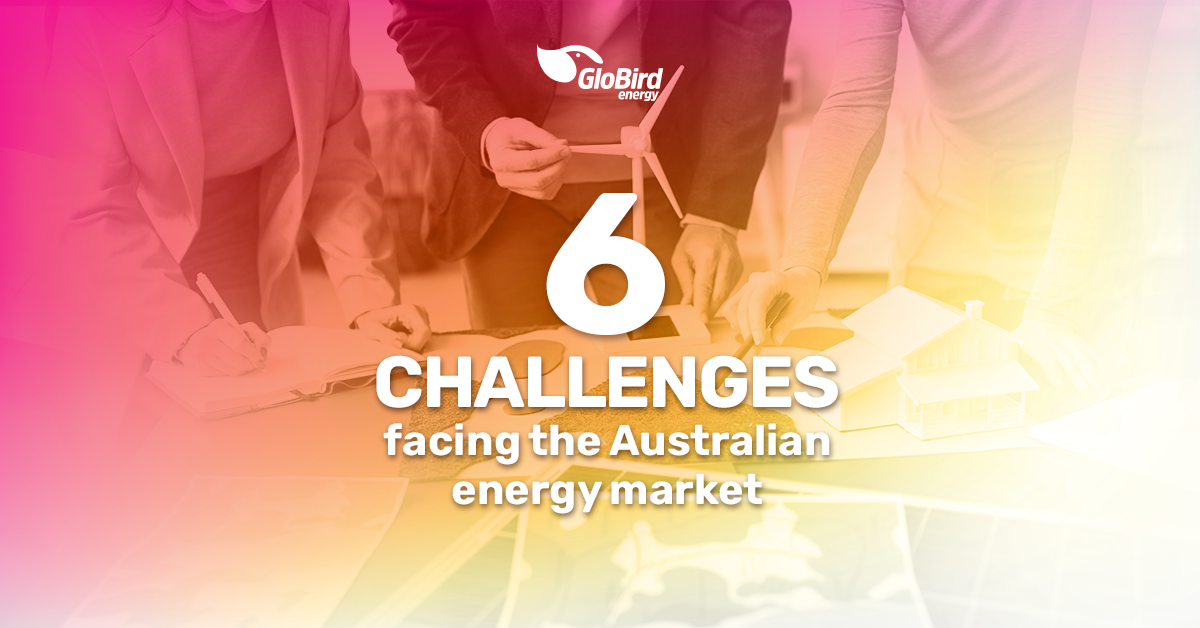A couple of weeks ago, we wrote about 10 things the Australian energy market has going for it. If you haven’t read that, we suggest that you do before reading on … but, to sum it up in a few words, the foundations are solid.
As we continue this look at the Australian energy market, we acknowledge that the ongoing energy transformation must navigate the complexity of modern energy systems while leveraging the opportunities that emerge when markets, technology, and policy align.
Ultimately, success will depend on continued collaboration between governments, market operators, and industry participants to refine market rules, invest in necessary infrastructure, and ensure that the benefits of the energy transition are shared broadly across the community.
Complexity is an appropriate term
No part of the energy landscape operates independently, so keeping it all in sync is a challenge in itself. In many ways, we’re only as strong as our weakest link. If we get it nine-tenths right, that last tenth might still be a crucial piece holding us back.
Keep in mind that we live in a unique place with particular challenges of topography, demography, climate, and environment, and that the National Electricity Market (NEM) spans vast distances up and down the east coast.
Some of the six challenges listed below are, at least in part, impacted by Australia’s size and the concentration of population in the major cities.
1. Complexity and timing of the transition
There has been a lot of discussion about how best to manage the transition from our traditional reliance on coal-fired power stations, particularly for firming and dispatchable power, to renewable energy sources.
Perhaps the biggest part of that challenge is not having the aging thermal generators all being decommissioned within a few years and, just as importantly, before the new systems are in place.
If new renewable capacity and storage installations aren’t already in place when the coal-fired stations go offline, it’s hard to imagine how we can avoid some supply shortages.
So, because this transition is not only time-sensitive but also requires unprecedented planning and investment coordination across multiple market participants, it does seem to be the number one challenge for the entire energy sector at the moment.
2. Limitations of grid infrastructure
Australia’s vast geography creates unique challenges for electricity transmission, and not simply because we need to transmit across long distances from generation points to users.
The need to connect remote renewable energy resources to population centres does, of course, require significant investment in new transmission lines, but we also need to be able to keep the amount of electricity in the grid balanced between supply and demand in the different states with different demands at different times of year.
Because the grid crosses multiple state boundaries, any grid-related infrastructure projects can face regulatory hurdles, community opposition, and funding challenges that can delay critical upgrades.
3. Intermittency and storage challenges
While renewable energy costs have plummeted, the variable nature of wind and solar generation creates new challenges for grid stability and reliability.
The market is still developing adequate storage capacity and flexible generation resources to ensure electricity supply can still be reliable during periods of low renewable output, particularly during extended weather events.
4. Regulatory complexity
The energy market operates under a complex web of federal and state regulations, with multiple agencies and rule-making bodies involved.
This complexity can slow decision-making, create uncertainty for investors, and sometimes result in conflicting policy signals that hinder efficient market outcomes.
5. Gas market integration
The relationship between electricity and gas markets creates additional complexity, particularly as gas prices have become more volatile due to export market dynamics.
The role of gas as a transition fuel while renewable energy scales up requires careful market design to ensure adequate supply and reasonable pricing.
6. Affordability and price volatility
Partly due to all of the above, energy prices have become a significant concern for many Australian households and businesses. While everyone in the energy sector is acutely aware of this, nobody has come up with an effective solution to keep costs (and, therefore, the price to consumers) in check.
The core issue is that over recent years, the fluctuation of wholesale prices has become more pronounced (and less predictable) because both supply and demand have become less predictable and marked by greater peaks and troughs.
None of this is insurmountable
Nothing that we’ve written about is a surprise to anyone involved in the energy sector. The mere fact that all these challenges are well known – and have been for some time – means that a lot of clever and dedicated people have been working toward solutions for many years.
Of course, we all wish there was a “silver bullet” that fixed everything, but the reality is that it’s going to take a lot of smaller steps, a handful of actual breakthroughs, and a decent amount of hard work and financial investment to pull it all together.
The most encouraging thing is that almost everyone is pulling in the same direction all around the world, so the resources being committed to getting us where we need to go are far more extensive than if it was all up to little old Australia.
So we’ll keep that keen eye on what’s going on in the energy world and keep letting you know whenever anything potentially significant happens.
